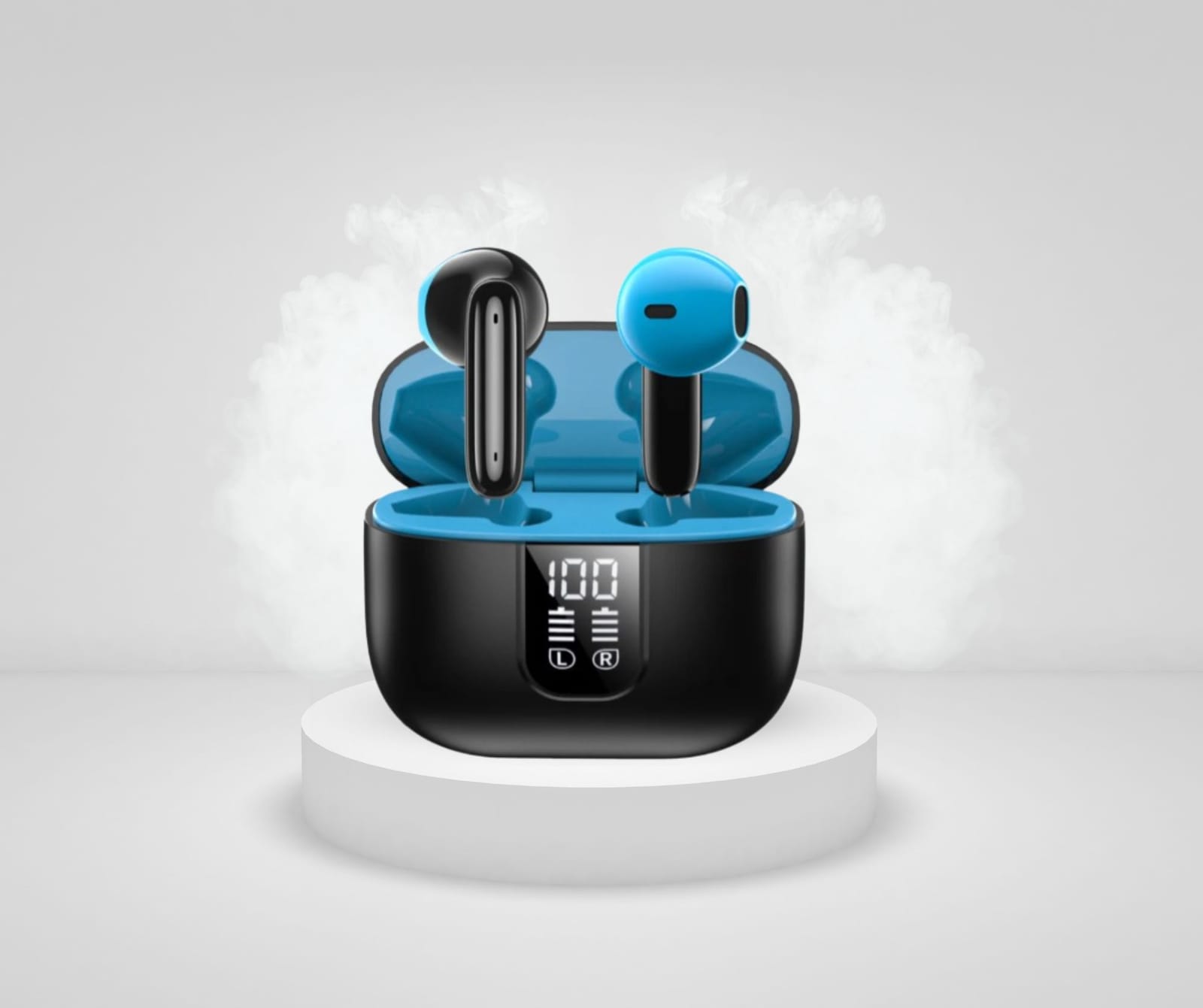The limit to cycling performance: Can physiology flag doping?
Estimation and assumption
Perhaps right up front, I have to talk briefly about estimation and assumption vs measurement. Of course, the ideal would be to get accurate SRM data on the power output on the climbs. Of course, it would be wonderful to know with precision what the power output was, but as I hope to illustrate, the errors in these kinds of calculations can both be minimized and controlled so that you end up with a ‘best case scenario”.
This is much the same situation you would find yourself in if, for example, you wanted to open a coffee shop and had to do prepare a business model. You don’t know how many cups of coffee you’ll sell, you don’t know how many biscuits to bake. But if you know your market, and its people (your future customers, you hope), then you can control your assumptions and go a long way to making a conclusion. That is, if you make “best-case” assumptions and still your coffee shop is running at a loss, then it clearly is not a viable business. If your “worst-case scenario” (few customers, few sales) still makes a profit, then the business works. Realistic and sensible assumptions are the key to ensuring that your conclusion is accurate, even in the absence of a crystal ball! Similarly, for these physiological calculations, you can make “best-case” assumptions and if the picture still doesn’t fit, then you have a good case for a problem.
I think we must acknowledge right away that these are always estimations – of power output, of body mass, of bike mass, of wind speeds and directions – all these factors will affect the eventual physiological calculation, but for two reasons, their effect is not as large as you might think:
- We’re not proving anything here – only suggesting physiology for the purposes of increasing enjoyment and stimulating discussion, and
- The physiological implications are so large that even errors don’t affect the conclusion.
So let’s say it now, one last time – this is not proof, but an interesting exercise nonetheless, and I believe a compelling way to approach the problem. Ultimately, people will believe what they wish to, even when presented with a ‘creaking and ugly edifice’.
So let’s get cracking…
An extreme case – the physiological implications of 8 W/kg for 40 minutes
Let’s take a rider who produces 8 W/kg. Assume his mass is 70kg, which means an absolute power output of 560W. Clearly, very high.
In order to work out the physiological implication, by which I mean the oxygen cost, there are two potential methods.
The first involves the use of a published paper called “Peak power output predicts maximal oxygen uptake and performance time in trained cyclists”. This study looked at 100 trained cyclists and established the following relationship between oxygen consumption (VO2) and power output. The relationship is:
VO2 (L/min) = (0.01141 x Power output) + 0.435
Therefore, if you take the power output of 560W, and you apply this equation, you will calculate an oxygen consumption of 6.82 L/min. Relative to body mass, this is equal to 97.49 ml/kg/min.
The second method, just for comparison’s sake, requires that you do three things:
- You calculate the real energy cost of producing that power, by taking advantage of the fact that cyclists are not perfectly efficient. In fact, elite cyclists are only about 23% efficient. What this means is that a cyclist who is riding at 560W is in fact producing 2435 W. Clearly, we now have our first assumption – the efficiency. Lance Armstrong’s efficiency was measured as 23.12%. Other studies find values that range between 21% and 27%, though values over 25% are hotly debated, and basically dismissed as an artefact of testing and equipment. This is a controversial issue, but most elite cyclists seem to be around this 23% value, and since Armstrong’s was measured there, I’ll use it for the remainder of this calculation.
- The total energy can now be used to work out an oxygen consumption. This requires that you have knowledge of the contribution of various energy stores to the physiology. We know that every liter of oxygen used produces between 4.69 kCal and 5.05 kCal, depending on whether fat is being used, or carbohydrates. So, this is our next assumption – which end of this spectrum do we use, the 4.69 or the 5.05kCal? The answer is the further right extreme, for two reasons. One is that it’s physiologically reasonable – a cyclist producing maximum effort is going to be near maximally using carbohydrates. Second, this is the “conservative” or “best-case” assumption, as explained earlier. So we’ll run with 5.05 kCal/L O2.
We can now work out the oxygen consumption for a given power output at a given efficiency.
In our example, 560 W produces an oxygen consumption of 6.91 L/min, or 98.71 ml/kg/min.






